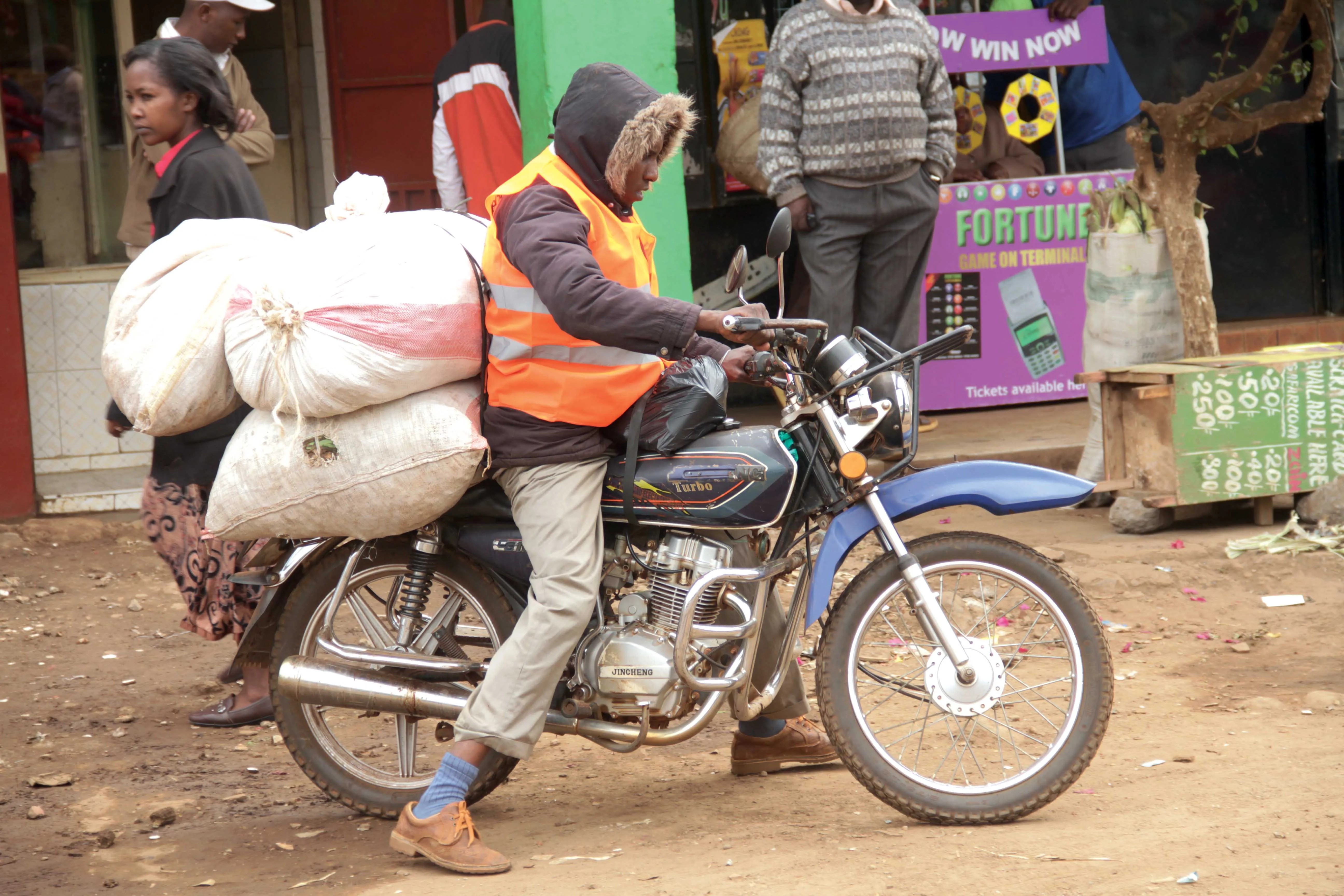One key strategy in reducing road deaths is in encouraging motorcyclists to wear helmets. Motorcyclists now account for over 30% of all road deaths in Jamaica, an increase from the 15% of 2010. And 90% of those motorcycle riders killed were not wearing helmets at the time of the crash. Road safety groups as well as the Jamaican police are pushing the message to riders that helmets can cut fatality rates. Meanwhile the Jamaican police force is also now trying to tackle speeding, another key factor in crash severity and risk.
Crashes place a heavy burden on the families of victims. A government report also suggests that crashes reduces Jamaica’s GDP by 3-5%, an economic impact the country can ill afford. The country is still aiming to meet the UN’s aims of reducing road deaths.
Jamaica’s road safety improvement
Jamaica is seeing an improvement in road safety, with a reduction in casualty levels. So far in 2017, overall road deaths have been 49 less than in the same period during 2016. The road death toll at the end of 2017 is hoped to be significantly lower than in 2016, itself an improvement over the previous year. During 2016 there were 379 road deaths in Jamaica, compared with 382 in 2015.
December 4, 2017
Read time: 2 mins
Jamaica is seeing an improvement in road safety, with a reduction in casualty levels. So far in 2017, overall road deaths have been 49 less than in the same period during 2016. The road death toll at the end of 2017 is hoped to be significantly lower than in 2016, itself an improvement over the previous year. During 2016 there were 379 road deaths in Jamaica, compared with 382 in 2015.






